In the vast and enigmatic realm of Earth’s oceans, phenomena occur that can captivate and astonish even the most seasoned oceanographers. One such event is a colossal storm that generated the largest waves ever recorded in human history. These monumental waves, towering at heights unimagined before, bring with them stories of natural wonders, scientific discovery, and an urgent call to understand our changing planet. Join us as we dive into the mesmerizing account of this extraordinary storm and its giant waves.
The Genesis of a Colossal Storm

Every storm has its origins, a curious blend of atmospheric conditions that come together in a perfect – or, in some cases, disastrous – synergy. In this case, a unique blend of high-pressure systems, temperature differentials, and sea surface temperatures coalesced to create a storm of unprecedented magnitude. Meteorologists closely monitored this formidable storm system as it metamorphosed over the Pacific Ocean, gathering strength and momentum on its path to rewriting records.
Understanding Wave Formation

The majestic rise and fall of ocean waves are orchestrated by a set of factors including wind speed, duration, fetch (the distance over which the wind blows), and the interaction of these elements with the ocean surface. The waves in this storm, however, defied conventional parameters, growing to awe-inspiring heights due to the massive energy transferred by the storm’s relentless winds across the ocean expanse.
Record-Breaking Heights

The waves produced during this storm reached heights never before witnessed or recorded. As waves surged to over a hundred feet, satellite imaging and buoy data fervently captured the dimensions of these water giants. These record-breaking measurements set a new benchmark in oceanographic history, providing insights into the rarely seen potential of oceanic waves and the raw power of nature.
The Impact on Marine Life

The advent of such towering waves had profound implications for marine ecosystems. The disturbance of the ocean surface and deeper layers affected nutrient distribution, which can alter food chains and marine biodiversity. While some marine animals adapted to these dynamic changes through evolved survival strategies, others faced significant habitat disruptions.
Challenges in Storm Prediction
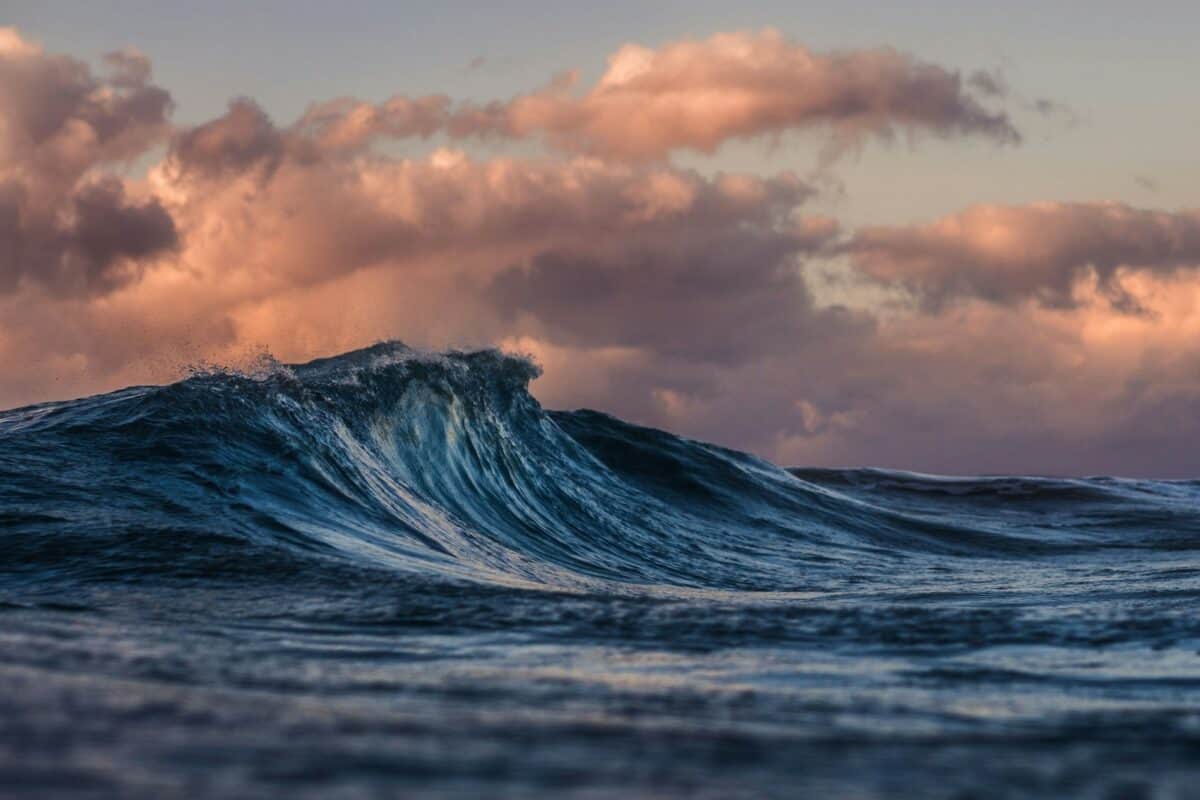
Despite advances in meteorology, predicting storms and their potential impacts remains a significant challenge. The unprecedented nature of this storm has propelled researchers to refine models to better anticipate the development of such extreme events. By understanding the limitations and capabilities of current predictive models, scientists hope to better foresee and possibly mitigate the damaging impacts of future storms.
Technological Leaps in Oceanography
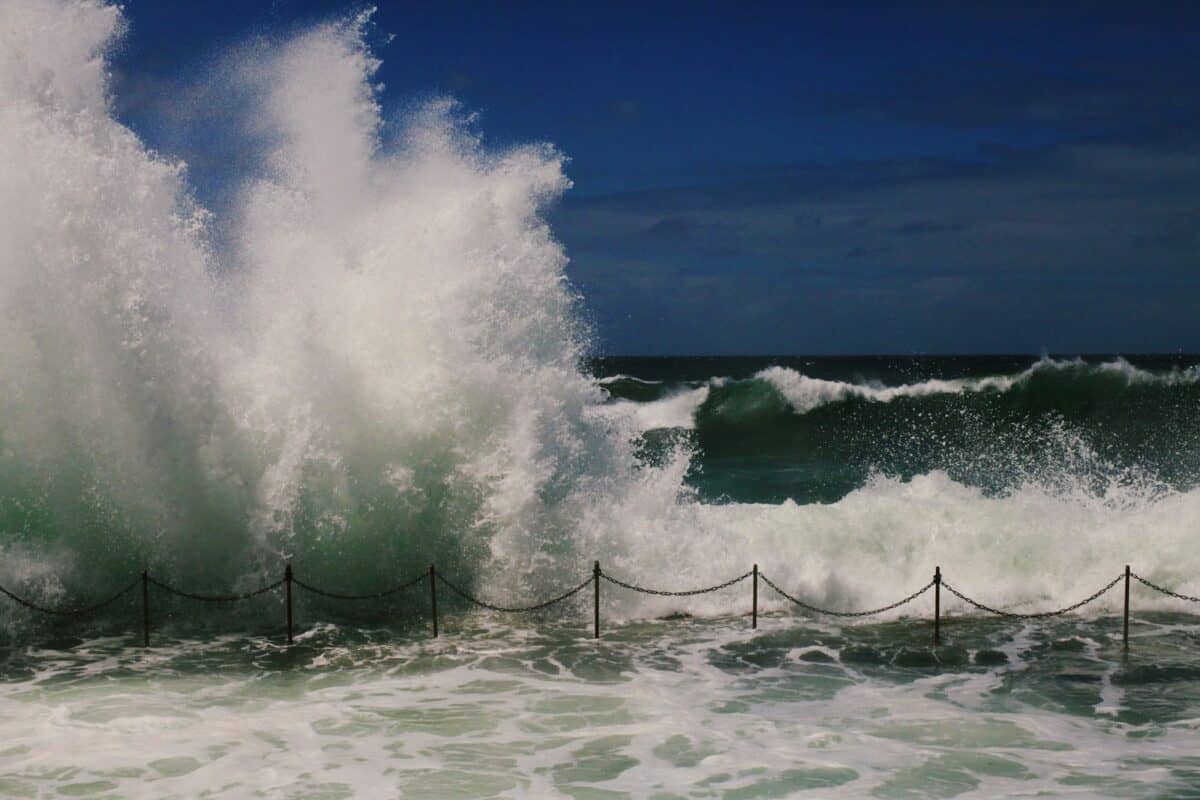
The storm and its gigantic waves have prompted technological advancements in the field of oceanography. From enhanced satellite imagery to innovative buoy designs, researchers are leveraging technology to gather more precise and comprehensive data. These advances are crucial in improving our understanding of ocean dynamics under extreme conditions.
The Role of Climate Change
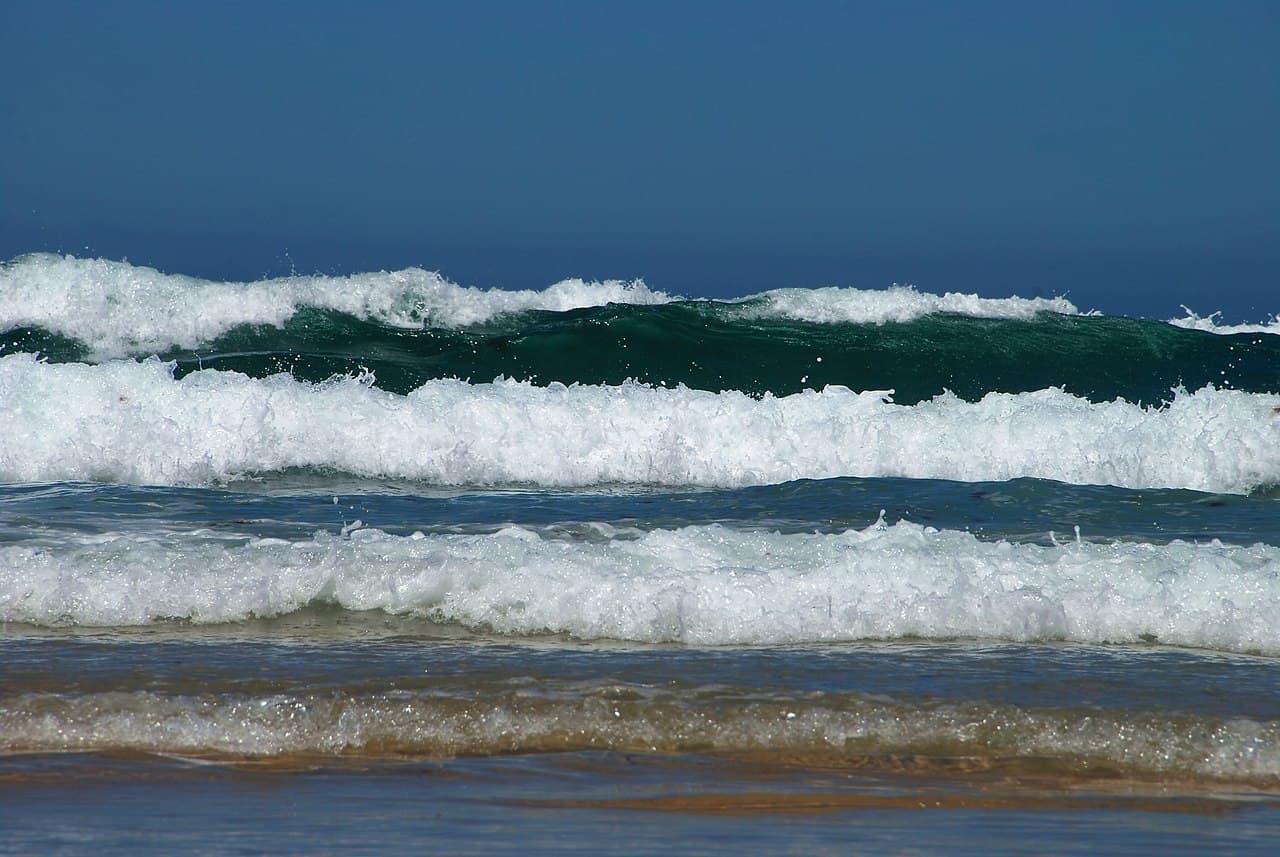
While no single storm can be directly attributed to climate change, changing global temperatures and ocean conditions are known to influence storm development. This extraordinary storm serves as a stark reminder of how climate change can potentially intensify weather phenomena, emphasizing the need for effective strategies to address climate-related challenges.
Implications for Coastal Communities

Coastal communities often bear the brunt of oceanic ferocity. The monstrous waves of this storm underscore the importance of developing resilient infrastructures and strategies for coastal protection. Ensuring the safety and sustainability of these communities is vital in an era where extreme weather events may become more frequent.
Learning from the Past
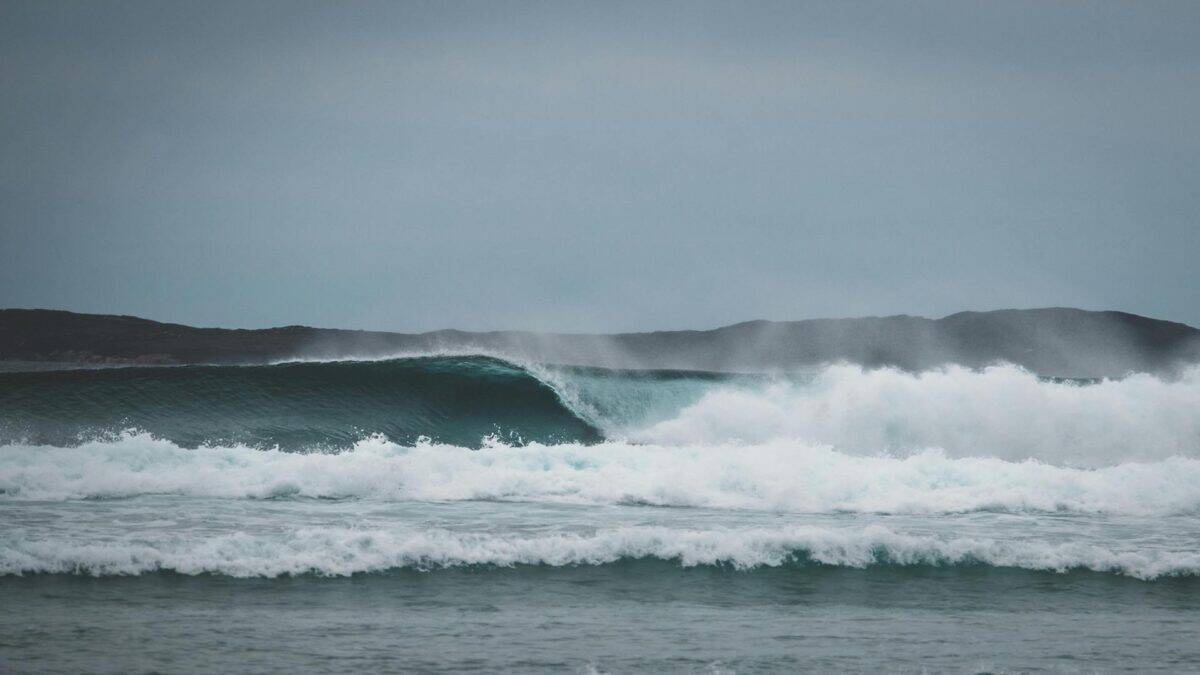
Historical storm data provide invaluable insights that help hone our current understanding of storm dynamics. By studying past storms and comparing them with current phenomena, scientists can better predict and prepare for future events, enhancing natural disaster response and management.
A New Era of Ocean Exploration

Beyond the immediate impacts, this storm and its waves have ignited a renewed interest in ocean exploration. With vast areas of the ocean remaining unexplored, significant efforts are being placed on delving deeper into understanding the mysteries that lie beneath the waves and the forces that shape them.
Educational Opportunities amidst Chaos

While the storm was destructive, it also presented ample educational opportunities. By involving the public and educating future generations about ocean phenomena and their implications, we foster a global community that is better informed about the natural world and motivated to protect it.
The Future of Extreme Weather Events

The historic waves born from this storm have set a precedent for future research and preparation. As the scientific community continues to study these extreme events, there remains a pressing need to understand their causes, predict their occurrences, and mitigate their impacts, ensuring that society can better cope with nature’s surges of power.
Conclusion:
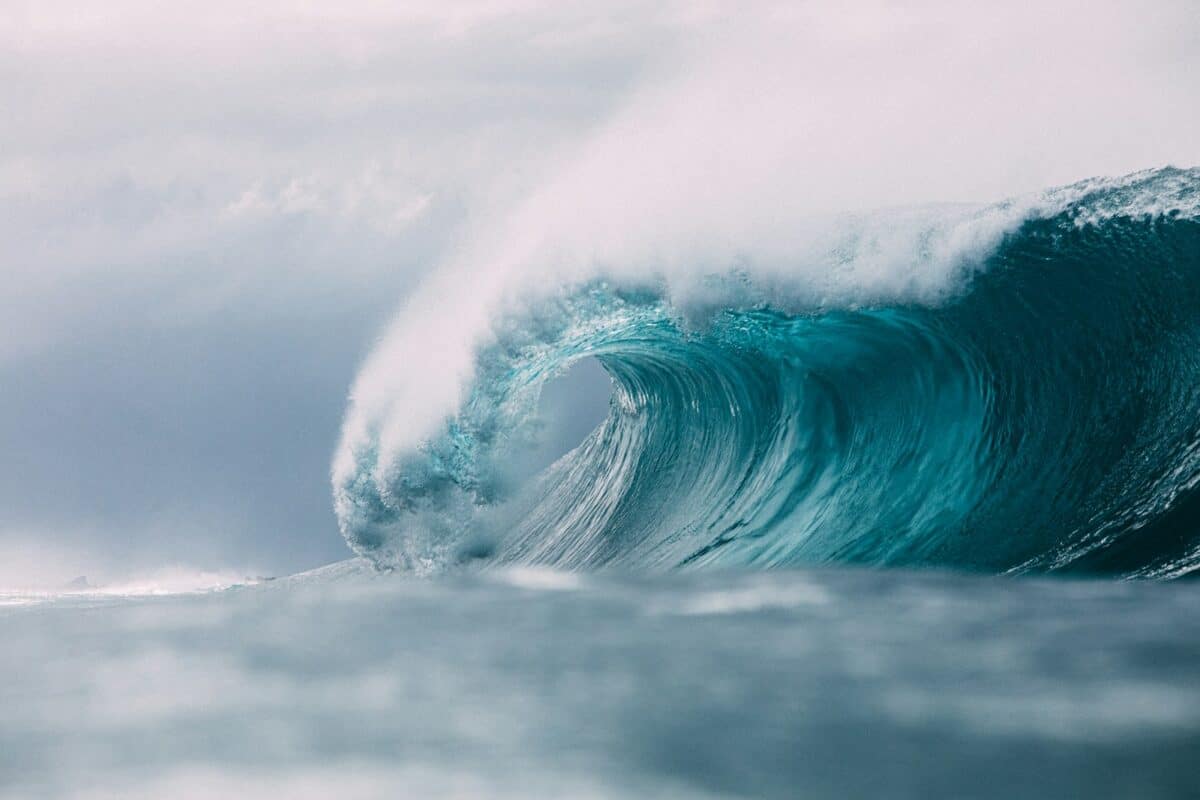
In conclusion, the storm that created the largest waves ever seen in the ocean has provided a wealth of information and has served as both a warning and an opportunity for the world. Integrating lessons learned with proactive measures will be essential in navigating the complexities of our planet’s natural phenomena, ensuring our continued coexistence with the awe-inspiring power of the ocean.
- 15 Most Venomous Snakes Found in Tropical Jungles - August 24, 2025
- 10 Animal Records That Will Leave You in Awe - August 24, 2025
- 12 Amazing Creatures You Can See While Diving in the Philippines - August 24, 2025

